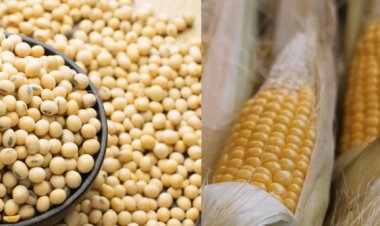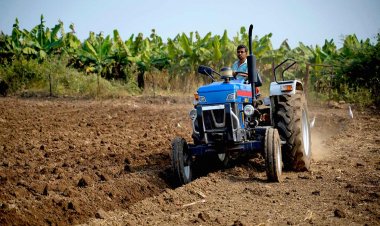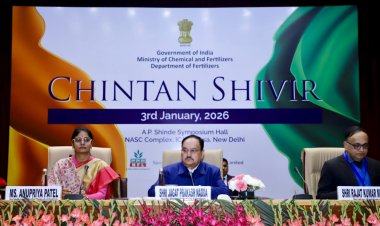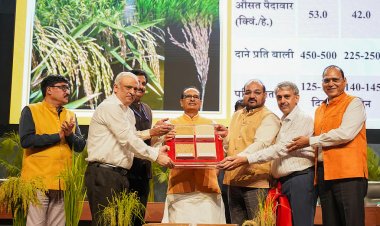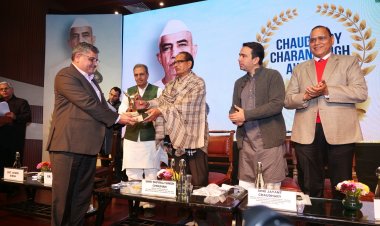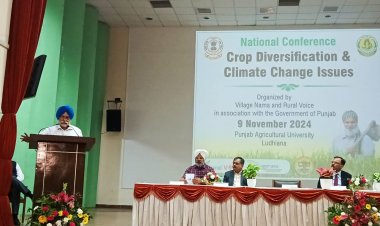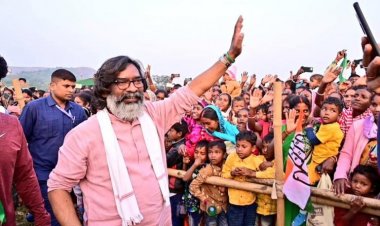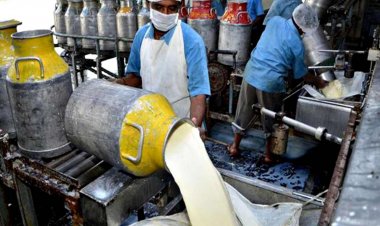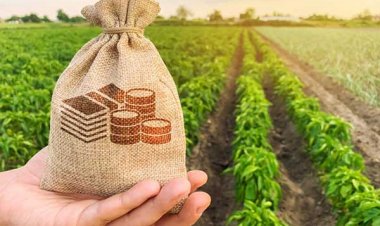NRLM has set an example in women empowerment and the mission has progressed well
The convergence of the NRLM with various programmes of the Central Government, the State Governments and the Panchayats is the main mantra of the programme. The SHGs have been federated at different levels as part of institutional development and effective governance.
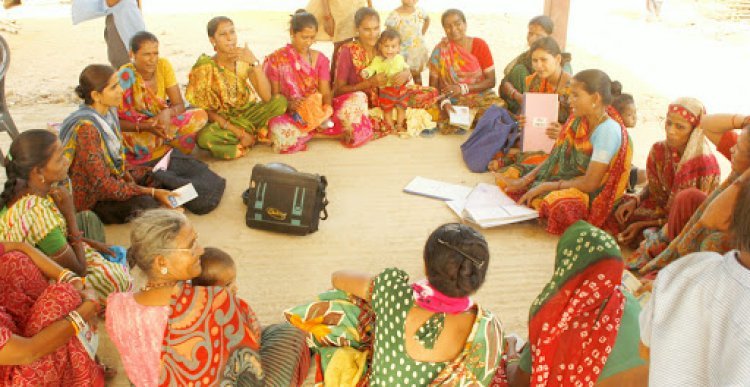
Deendayal Antodaya Yojana - National Rural Livelihoods Mission (DAY-NRLM) intended to organize about 10 crore households into Self-Help-Groups (SHGs) for their development by helping them in the fields of finance, technology and marketing. NRLM has been implemented in a mission mode across the country from 3 June 2011. It was further restructured in May 2013 and in December 2015, it was renamed DAY-NRLM.
1. Salient features of DAY-NRLM
Under universal social mobilization, at least one woman member from each poor rural household is brought under the Self Help Group (SHG) network. The poor are the main stakeholders under the programme, which is being implemented by the poor. Seeing the strength of the poor, the programme may be said to be for the poor, of the poor and by the poor. The convergence of the NRLM with various programmes of the Central Government, the State Governments and the Panchayats is the main mantra of the programme. The SHGs have been federated at different levels as part of institutional development and effective governance.
2. Main components and sub-schemes of DAY-NRLM
Institution building: The poor are to be organized, institutionalized and capacitated to remove their poverty in collective way. Under the Mission, the institutions of the poor are also provided multiple funds such as Revolving Fund (Rs 10,000 to Rs 15000), Community Investment Fund (CIF) etc. to strengthen their financial base and help them enhance their kitty. Financial inclusion could be materialized in far-flung areas with the help of Banking Correspondents (BCs) called Sakhis.
Interest subvention: The SHG members are eligible to receive interest subvention equal to the difference between the borrowing rate of interest and 7 per cent. Besides, in 250 districts, all women SHGs can avail of loans up to Rs 3 lakh each at 7 per cent rate of interest per annum. An additional interest subvention of 3 per cent could also be availed on prompt repayment of the loan, reducing the effective interest rate to 4 per cent.
Livelihoods promotion: Farm livelihoods are supported for sustainable agriculture, livestock and Non-Timber Forest Produce (NTFP) through Mahila Kisaan Sashaktikaran Pariyojana (MKSP) and State-led Livelihoods Annual Action Plans. The community livelihoods resource persons named Krishi Sakhi, Pashu Sakhi and Van Sakhi are instrumental in the promotion of livelihoods. Non-farm livelihoods are being scaled up through Start-up Village Entrepreneurship Programme (SVEP) and Aajeevika Grameen Express Yojana (AGEY) besides under the National Rural Economic Transformation Project (NRETP).
Sub-schemes: MKSP was launched with the objective of empowering women in agriculture and NTFP by making systematic investments to enhance their participation and productivity in agriculture-based livelihoods and building the capacity around sustainable harvesting and post-harvesting techniques for NTFP. SVEP supports entrepreneurs in setting up small businesses in rural areas by providing all sorts of knowledge like business feasibility, management and access to credit for both starting up and scaling up the existing enterprise. AGEY is for providing safe, affordable and community-monitored transport services to rural areas. The vehicles are owned and operated by members of SHG networks and operated in regions which are not served by regular transport services. Rural Self-Employment Training Institutes (RSETIs) are available in each district and provide short-term residential training with long handholding support to the youth. Some RSETIs also offer off-site training to the youth. The post-training support mechanisms include interactive web portals, call centres, a network of business counselling centres and alumni conventions.
3. Implementation strategy
The Mission is being implemented in all the 28 States and eight Union Territories of the country. Specialized State Mission Management Units (SMMU), District Mission Management Units (DMMU) and Block Mission Management Units (BMMU) have been established at each level respectively. The Mission is working intensively in 6782 blocks of 706 districts at present and intends to saturate household mobilization by the end of FY 2023-24.
4. Present status of DAY-NRLM
Based on the data available, it may be said that the progress of the Mission is encouraging. The total number of women in SHGs, which was 2.35 crore in FY 2011-2012 to FY 2013-14 has increased to 5.96 crores in FY 2014-15 to May 2022, registering more than 153 per cent growth in members of SHGs in about a decade of the implementation of the Mission. In the same fashion, the number of SHGs, which was 19.29 lakh in FY 2011-2012 to FY 2013-14, reached 76.21 lakh in May 2022, registering a growth of about 300 per cent during the same period. The amount of loan disbursed and the amount of capitalization support given to SHGs in the form of RF and CIF have also increased many times. The Non-Performing Assets (NPAs), which were 9.58 per cent on 31 March 2014, has reduced to 2.35 per cent on 21 June 2022, indicating a substantial reduction of NPAs during the decade of the implementation of the Mission.
There are 78,549 BCs working under the Mission. As many as 2,05,793 SVEPs have been supported under the Mission. The number of vehicles operational under AGEY is 1811 and there are 24,381 community-managed Custom Hiring Centres (CHCs) established under the Mission. The number of Producer Enterprises, which was 34 in FY 2013-14, has increased to 183 in May 2022, registering a growth of more than 400 per cent. Similarly, MKSPs, which were 24 in FY 2013-14, have reached 170, indicating a growth of more than 600 per cent during a decade.
It may be said on the basis of the above that the Mission has performed well since its inception. Indicators of progress like reduction of NPA ratio also indicate improvement in performing assets at the grassroots level. These are the hotspots of the Mission, reminding us that local is becoming vocal by and by.
5. Evaluation and assessment of the Mission
The Institute of Rural Management Anand (IRMA)’s assessment revealed that in the treatment areas (where the Mission is implemented) of NRLM, (i) on average, each household in a Mission village (treated area) had more than 2.34 productive livestock assets compared to a similar household in non-Mission (control area) village; (ii) noticed a higher tendency to save in formal institutions; (iii) have a loan size about 67 per cent higher than that in the control areas; (iv) households have 22 per cent higher (net) income than the households in the control areas, largely due to income from enterprises; and (v) households participate three times more than their control-area counterparts in Panchayats’ activities.
A Mid Term Assessment of SVEP conducted by the Quality Council of India (QCI) in 2019 revealed that (i) 82 per cent of the entrepreneurs are from the SC, ST and OBC categories; (ii) 75 per cent of the enterprises are owned and managed by women; (iii) 57 per cent of the total household income is through the enterprises promoted under SVEP; (iv) the average monthly revenue for an enterprise is around Rs 39,000; and (v) 99 per cent entrepreneurs reported income as their aspirational income from the enterprise. An Impact Evaluation of the National Rural Livelihoods Programme conducted in 2019 revealed (i) an increase in income by 19 per cent over the base amount; (ii) a decline in the share of informal loans by 20 per cent; (iii) an increase in savings by 28 per cent; (iv) improved access to other schemes availed by treatment households as compared to the control area.
6. Challenges before the Mission
As mentioned earlier, the Mission has progressed well, which is evident from the fact that the allocation under the Mission, which was Rs 2914 crores during 2011-12, has ballooned to Rs 13,336.42 crores, registering a growth of 358 per cent over a decade. All these facts about the implementation of the Mission and the enhancement of BE 2022-23 over RE 2021-22 indicate a better perspective.
Still, there are some issues in the implementation of the Mission that may be addressed in future. The 5th Common Review Mission 2019 of the Ministry of Rural Development suggested (i) filling up the large number of vacancies; (ii) a well-designed HR manual for contractual or outsourced personnel; and (iii) implementation of the recommendations of the Task Force chaired by Sumit Bose for harmonizing personnel across the schemes.
A delay in the disbursement of funds from the State Treasury to the State Rural Livelihoods Mission (SRLM) accounts and frequent transfer of the SRLM Directors adversely affect the progress of the Mission. Examples of Kudumbashree in Kerala, Bihan Canteen and Bihan outlets in Chhattisgarh and social audits in Odisha are welcome development from SHGs. However, as commented by the 5th Common Review Mission 2019, more focus on states like Manipur, Meghalaya and Rajasthan for enhancing group activities for livelihoods may be addressed/prioritized. Under RSETI, one should identify beneficiaries with due care and by applying proper methods. One should conduct the entire cycle from initiation to completion carefully and systematically.
To conclude, ‘man for the war and woman for the hearth’, ‘have a pen in hands but do not know how to write’, ‘sword is in hands but do not know how to use’, etc. have been proved redundant. Proper social mobilization of women is a must for their development. They must be trained as they dictate, not as dictated by others.
Village youth (both male and female) must benefit from this Mission. The knowledgeable ones must visit the website of the district or meet personally the Deputy Commissioner of DAY-NRLM, who sits at the district level in the campus of the Chief Development Officer’s office (as in the case of Uttar Pradesh). Similarly, there are offices in all the states. Take necessary information about it and get benefits from it.
(The author is a former officer of the Indian Economic Service and is currently the President of the Karpa Foundation)



 Join the RuralVoice whatsapp group
Join the RuralVoice whatsapp group

















